Baltimore Polling Stations See Long Lines, Large Turnouts During Unusual Primary Election
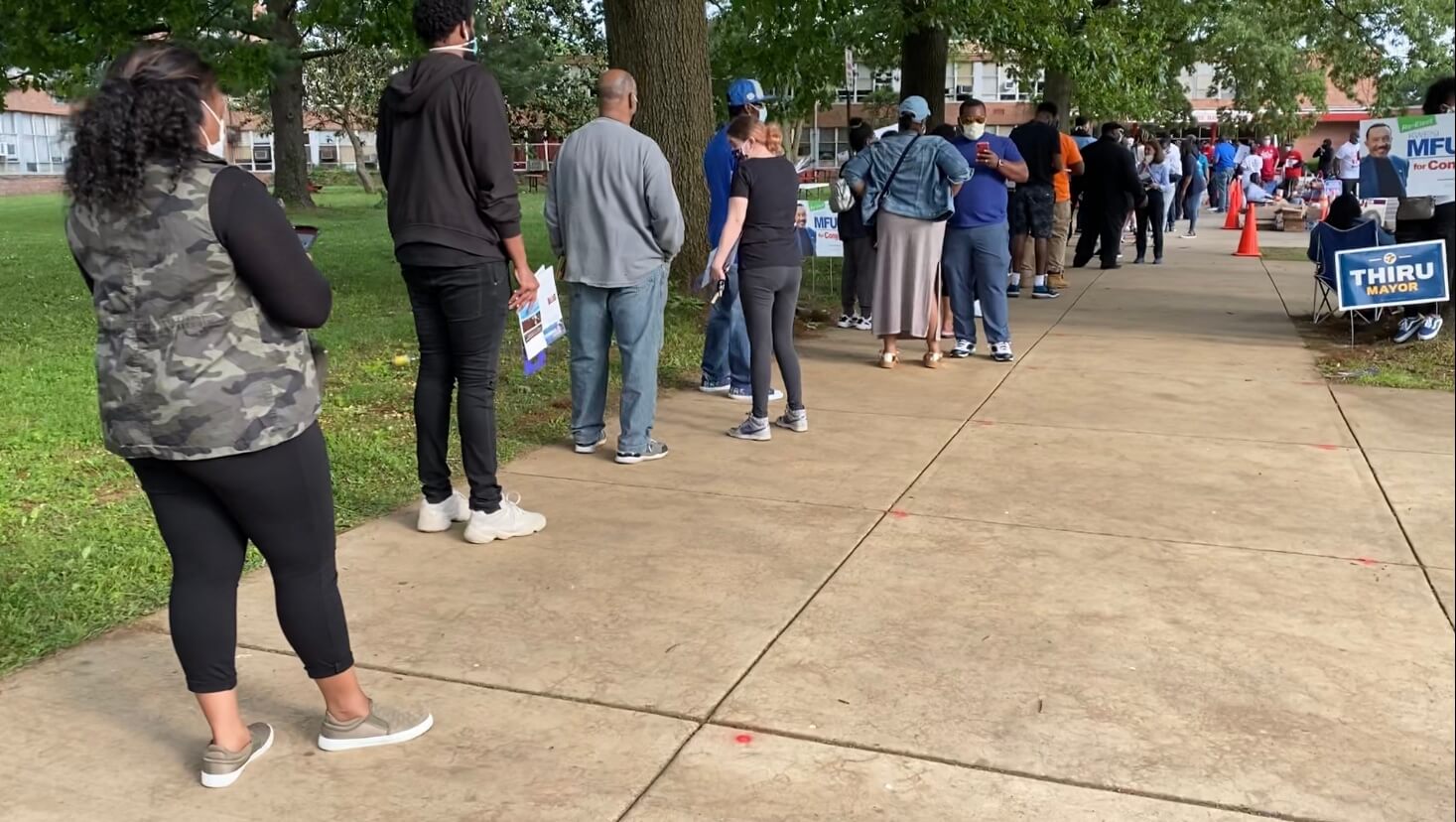
Pandemic, protests and a primary election — Baltimore City has seen it all this week.
Voters at Baltimore’s Edmondson Westside High School stood close together early Tuesday evening in a long line that snaked from the school’s front door almost to Athol Avenue — an estimated 200-yards.
As they waited well more than an hour to reach a voting machine, people sat in chairs they brought from home and chatted with campaigning politicians like state Senator (and U.S. Congressional hopeful) Jill Carter (D-Baltimore City), and mayoral candidates Mary Miller and Sheila Dixon.
A DJ set up a sound system connected to a generator, playing remixes of the hits, including T-Pain’s “Bartender,” as volunteers and voters bobbed and swayed in the late afternoon sun.
Del. Nick J. Mosby (D-Baltimore City), who had been hopping around different polling places since 7 a.m., stood right at Edmondson High School’s electioneering line to make his final case to voters in his run for Baltimore City Council president.
Citing the limited access to polling stations as a cause for these long lines, he said that this iteration of in-person voting left him “disappointed”.
“We still have to have a strong plan in place for [November’s] election day and not, kind of, repeat what we’re seeing today,” he said.
Originally scheduled for April 28, Tuesday marked Maryland’s primary election, which was delayed in March as the COVID-19 pandemic began to creep its way into the state.
In an initiative to prevent major outbreaks, the Maryland State Board of Elections turned to limited in-person voting, with a heavy emphasis on mail-in and drop-off paper ballots.
Baltimore City had just six polling locations open for business, along with a smattering of ballot drop boxes, but a series of follies led to residents showing up in droves to cast their ballot in-person.
Voters say they came to the polls for a variety of reasons: some chose to show up because of confusion about or mistakes they made while filling out their mail-in alternatives; others explained that they just prefer to vote in-person; many said that they never received their mail-in ballot.
Maryland elections officials announced the opening of two additional city polling places last month after it was revealed that the state’s vendor, Minneapolis-based SeaChange Print Innovations, had not only failed to deliver ballots to Baltimore residents on time but had also not disclosed the delay to state officials.
Additionally, advocates said Tuesday that some of the ballots that did make it into the hands of Baltimore voters were delivered to the wrong districts, leaving residents unable to vote for their city council candidate of choice unless they showed face.
‘Can’t forget about COVID’
Maryland Matters spoke with current City Council President Brandon M. Scott (D) at the North Western High School polling station around 2:45 p.m. At that point, the line of voters was thin, but people were still waiting, volunteers were holding signs and City Council District 5 candidate Isaac “Yitzy” Schleifer was blaring campaign ads from speakers strapped to a truck.
One of 32 candidates in the race for the mayor’s seat, Scott explained that he was worried about social distancing on election day. He said that going to various Baltimore City voting locations and trying to ensure that residents are being safe was “the most important thing that we have to do today”.
A Baltimore native, Scott said that city residents are ready for a mayor who will do the right thing — “even if it cost him a reelection”.
“Baltimore needs transformational and generational championship that will build a better city government system,” he said.
Days of peaceful demonstrations over the death of George Floyd in Minneapolis have displayed the city’s hunger for change.
The mayoral candidate said he had been out in the city’s protesting crowds over the weekend, not only to protect young protestors from people who wanted to disrupt their mission, but also to hand out gloves and hand sanitizer to demonstrators because the city “can’t forget about COVID”.
Scott wasn’t the only mayoral candidate seen at demonstrations over the past few days.
Baltimore Sun reporters posted videos on Twitter of protesters chanting at mayoral candidate and former federal prosecutor Thiru Vignarajah (D). Demonstrators surrounded him, shouting “this pig has got to go” as he walked down the sidewalk in downtown Baltimore Monday evening.
During his candidacy, Vinrajah has proposed expanding the city’s police presence. He said he didn’t think the criticism would hurt his campaign.
“Look, the mayor has to be out there,” he said. “People are going to be frustrated with decisions I made, people are going to disagree with positions I’ve taken. That is part of the job of the mayor.”
“I respect their right to protest — I respect their perspectives and that is just part of the level of frustration that we’re seeing.”
Maryland Matters spoke with Vignrajah at Northwood Elementary School around 1:45 p.m. The rain had just let up, making way for a still, sweltering heat as voters lined the block. He said he wasn’t surprised at the impressive turnout, noting that the “on the fly” nature of this election left a large number of Baltimoreans without mail-in ballots.
“I think the confusion around that has prompted people to say ‘I want to vote. If that means standing in line, I got to do that because I don’t want to miss out on this opportunity,’” he said.
Former Baltimore City Mayor Sheila Dixon — also eyeing the mayoral candidacy — was not surprised at the number of people reporting to the polls, but rather about their standing in such close proximity.
“We can be here, but let’s spread out,” she asserted. “Let’s, you know, let’s set some boundaries so that we can be safe being out here.”
Despite the staggered placement of traffic cones and the presence of a Baltimore City police officer, voters at Northwood stood at a much shorter range than the six-feet recommended by the federal Centers for Disease Control. Dixon said they needed to distance.
“This is not how we should be,” she said. “Every voting place people are spread out, and socially distant and somebody maybe needs to have a conversation here because this is too tight.”
Please support our nonprofit news site. Thank you!
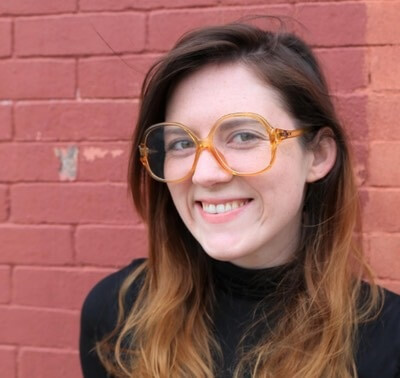
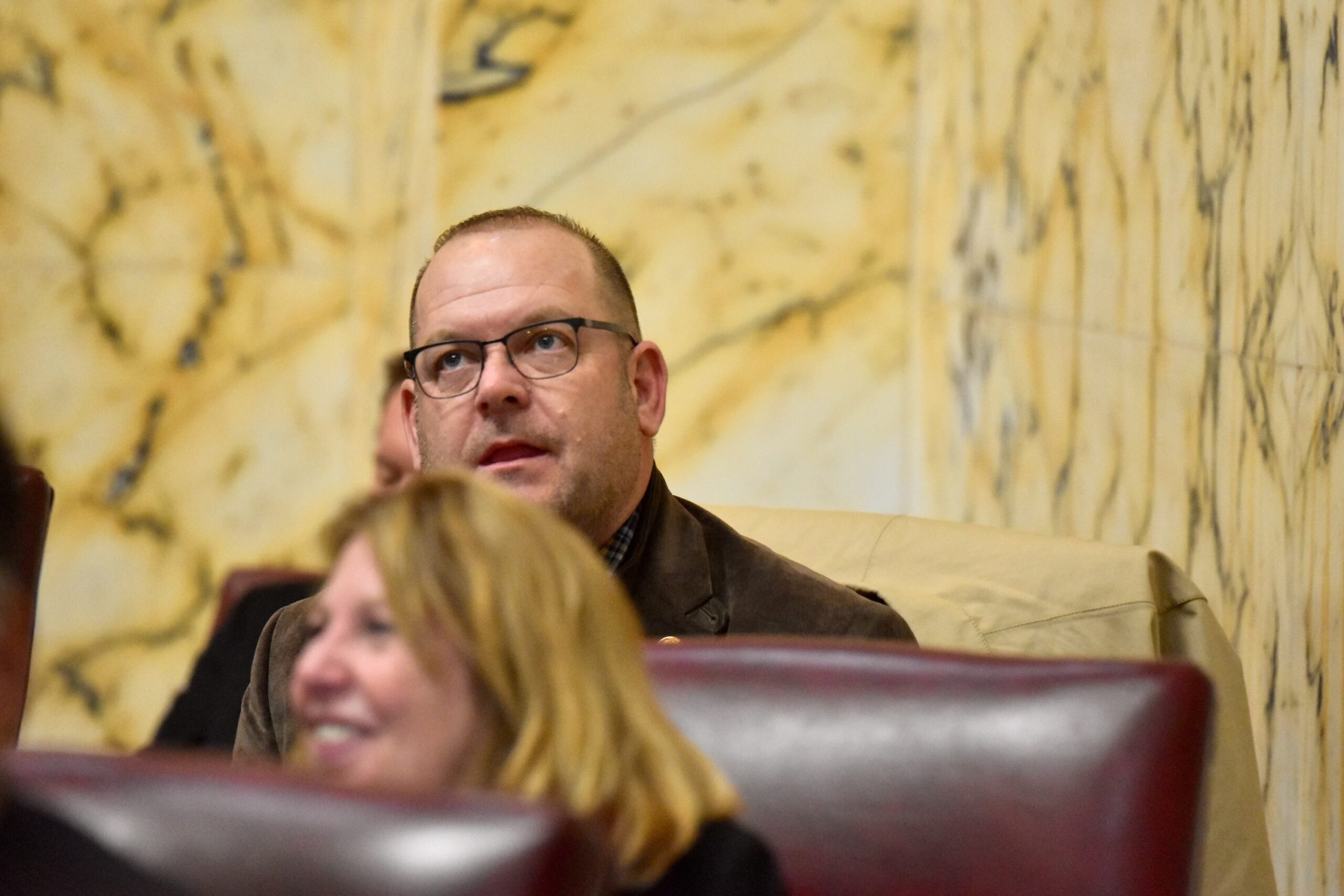
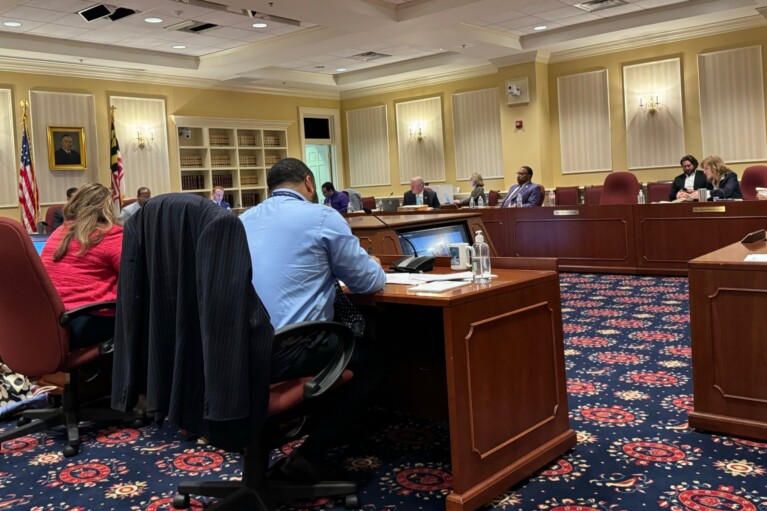
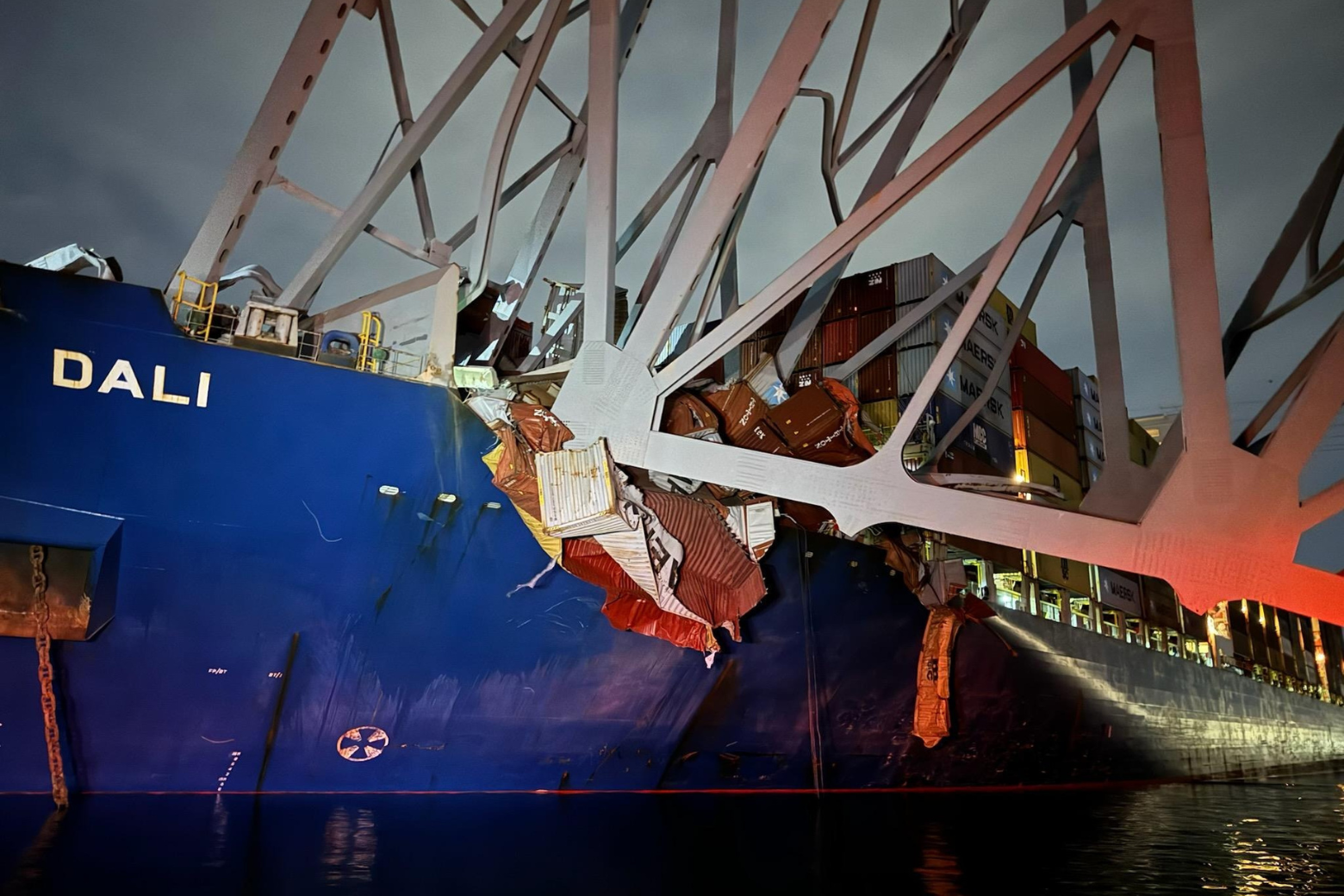
 Creative Commons Attribution
Creative Commons Attribution